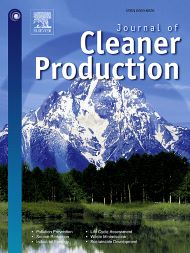Can planning safeguard against mining and resettlement risks?
This article explores whether a more responsible form of planning can be applied to resettlement in mining. The authors focus initially on existing international safeguard policies and performance standards. Embedded in these institutional mechanisms is an assumption that when key elements of a displacement are known, the timing, nature and intensity of the resettlement event can be forecast and planned for. The assumption that mining companies can and will effect a planned resettlement has carried over into the corporate policy statements of many mining companies and peak industry bodies. A key issue that is often overlooked is the difficulty that mining companies face in determining their land requirements for life-of-mine. The authors conclude that planning mechanisms for mining resettlements hold potential for safeguarding against major displacement risks. They also argue that this potential is challenged by an industrial context that is inherently volatile, where future land acquisition is difficult to predict, and where the degree to which planning is able to serve as a protective mechanism for project-affected people is a critical outstanding question.
Language: English
Publisher: Journal of Cleaner Production
Region: Australia
Type: Article
CITATION
Owen, J. R., & Kemp, D. (2016). Can planning safeguard against mining and resettlement risks? Journal of Cleaner Production, 133, 1227–1234. https://doi.org/10.1016/j.jclepro.2016.05.165

